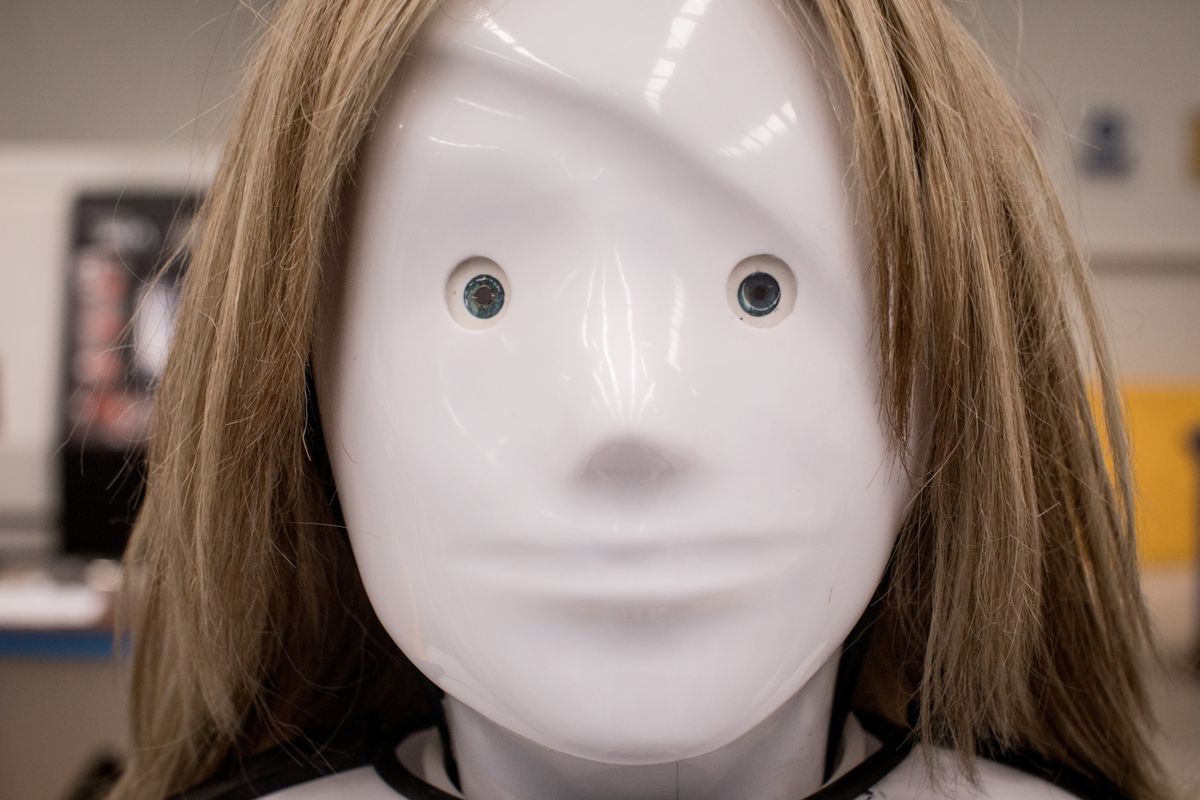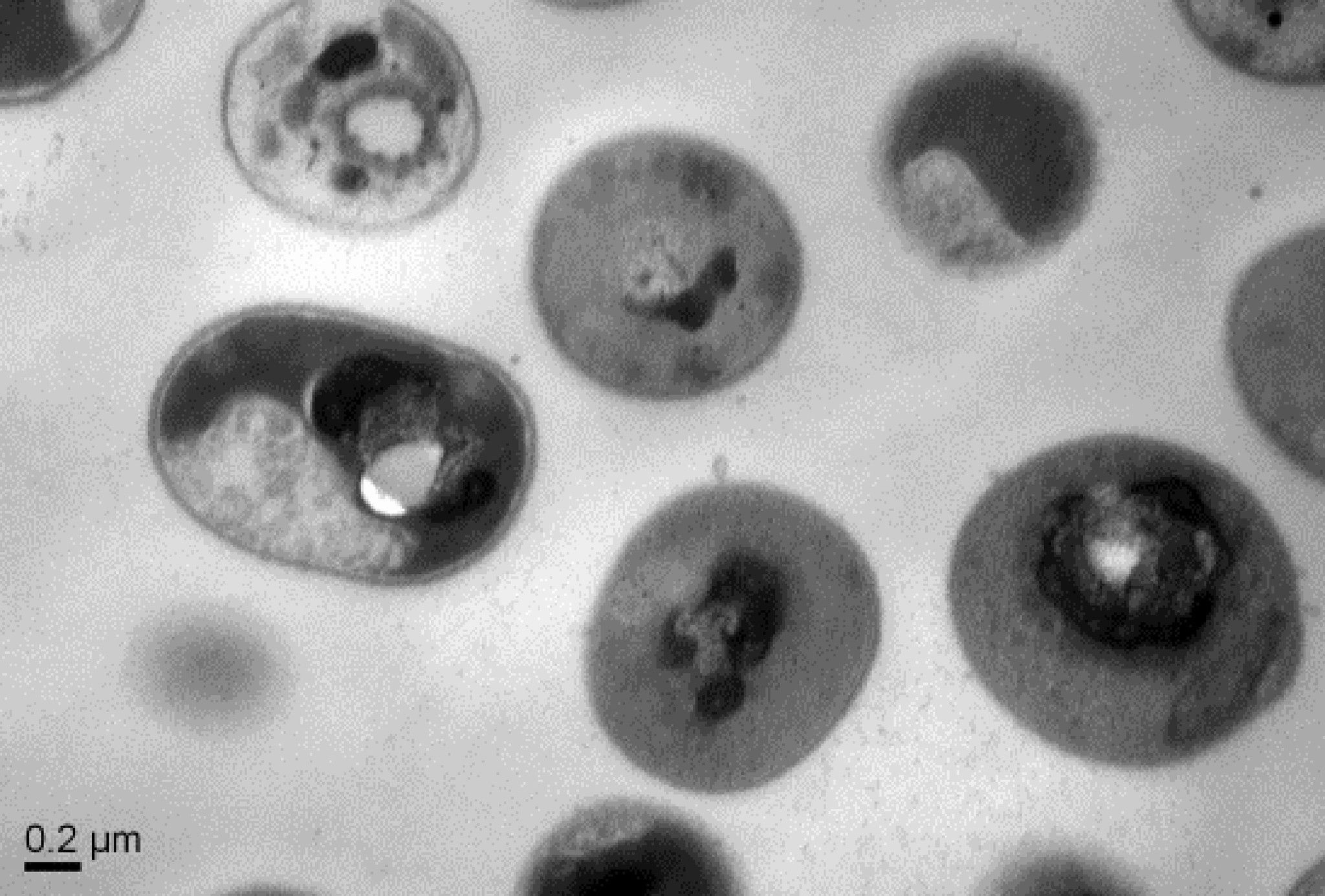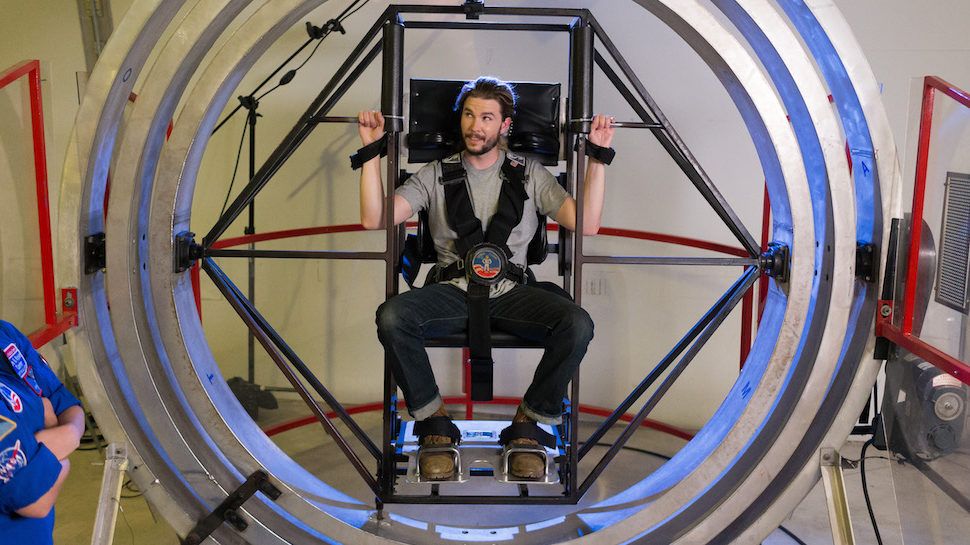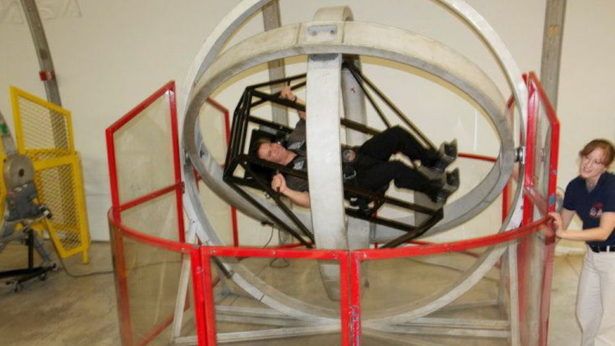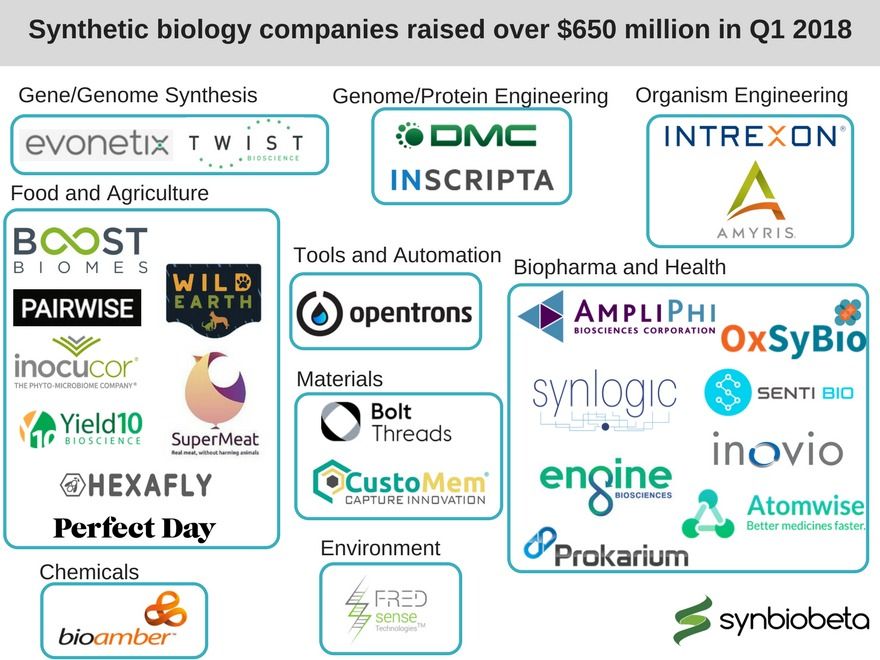Page 9875
Apr 4, 2018
Artificial intelligence: Construction technology’s next frontier
Posted by Genevieve Klien in categories: engineering, information science, robotics/AI
Engineering and construction is behind the curve in implementing artificial intelligence solutions. Based on extensive research, we survey applications and algorithms to help bridge the technology gap.
The engineering and construction (E&C) sector is worth more than $10 trillion a year. And while its customers are increasingly sophisticated, it remains severely underdigitized. To lay out the landscape of technology, we conducted a comprehensive study of current and potential use cases in every stage of E&C, from design to preconstruction to construction to operations and asset management. Our research revealed a growing focus on technological solutions that incorporate artificial intelligence (AI)-powered algorithms. These emerging technologies focus on helping players overcome some of the E&C industry’s greatest challenges, including cost and schedule overruns and safety concerns.

This animation gives a sense of the awe-inspiring scale of some of the known objects in our universe. It is difficult for human minds to comprehend the sheer size of distant stars, many of which completely dwarf our own Sun. Here we see some of the most famous objects displayed relative to one another. The animation begins with Earth, which has a radius of about 6.3 million metres, and ends at VY Canis Majoris, one of the largest known stars in existence, with a radius about 1420 times that of our own Sun, or 990 billion metres! Keep an eye on the changing scale underneath the objects to really appreciate the variation in size.
This animation will form part of the “The Living Universe” exhibition, to be displayed at the ESO Supernova, opening in spring 2018.
Apr 4, 2018
‘A last line of defense’: IBM lab designs molecule to kill drug-resistant superbugs
Posted by Genevieve Klien in categories: bioengineering, biotech/medical, nanotechnology
Hedrick’s close call inspired his research team to design a new molecule, called a polymer, that targets five deadly types of drug-resistant microbes and kills them like ninja assassins. Their research, a collaboration with Singapore’s Institute of Bioengineering and Nanotechnology, was reported recently in the journal Nature Communications.
If commercialized, the polymer could boost the fight against “superbugs” that can fend off every antibiotic that doctors throw at them. An estimated 700,000 people worldwide die every year from these untreatable infections.
Apr 4, 2018
This “Ancient Cold Front” in the Perseus Galaxy Shows an Ominous Winter
Posted by Genevieve Klien in category: space
New research from NASA’s Chandra X-ray Observatory shows the Perseus galaxy cluster is experiencing a 5 billion-year-old cold front that has plummeted through the region at speeds of 300,000 miles per hour. It stretches about 2 million light-years across, and has remained very well-defined.
Apr 4, 2018
What the Spinning Chair at Space Camp is Actually For
Posted by Genevieve Klien in category: space
If you’re of a certain age, you probably know know Huntsville, Alabama’s Space Camp best as a prize for winning a ridiculous competition show. And if you ever obsessed over going on that cosmic retreat, you probably wanted to get on that weird spinning chair they always showed in the clips. It’s a serious looking device at a serious facility–what the heck is it for?
I was recently lucky enough to make a childhood dream come true and zipped up my flight suit for a shot at Space Camp. There, as I explain in the video above, I learned that the spinning chair has a more formal name: the Multi Axis Trainer, or MAT. It’s used to give riders a feeling of what it’s like to uncontrollably tumble through space.
Continue reading “What the Spinning Chair at Space Camp is Actually For” »
Apr 4, 2018
Chinese Crypto Mining Company Poses a Threat to AMD and Nvidia
Posted by Genevieve Klien in category: futurism
Advanced Micro Devices Inc. and Nvidia Corp. are feeling the heat from a Chinese adversary that they never imagined would become a competitor.
Apr 4, 2018
Is the Preservation of Beauty as we Age Just Vanity?
Posted by Steve Hill in categories: biotech/medical, life extension
How many times have you heard someone say that the pursuit of beauty, or of its preservation over time, is a “vain” endeavor? My guess would be probably many. That’s why you need to tread carefully if you plan to present the preservation of looks as an argument in favor of rejuvenation biotechnology—you might be stepping into a minefield.
Quite frankly, I never got what’s so wrong with wanting to maintain youthful beauty over time, and I’d tend to think we’re dealing with a fox-and-grapes situation here.

Neural networks have started to take off since AlexNet in 2012. We don’t have to call it a software war, but there’s a competition for mindshare and community contributors in neural networks.
Of course, AI needs more than a neural network library, it needs the configuration hyperparameters, training datasets, trained models, test environments, and more.
Most people have heard of Google’s Tensorflow which was released at the end of 2015, but there’s an active codebase called PyTorch which is easier to understand, less of a black box, and more dynamic. Tensorflow does have solutions for some of those limitations (such as Tensorflow-fold, and Tensorflow-Eager) but these new capabilities remove the need for other features and complexity of Tensorflow. Google built a high-performance system for doing static computation graphs before realizing that most people want dynamic graphs. Doh!
Apr 4, 2018
Synthetic biology companies raised over $650 million in Q1, setting the pace for another record-breaking year
Posted by Klaus Baldauf in categories: bioengineering, biological
In 2017, synthetic biology companies raised a record amount of funding – just over $1.8 billion for fifty two companies – driven mostly by several multi-hundred million dollar deals. This was a 50% increase over the previous year, a pace of growth that indicated an intense interest in the field from outside investors. It seems that this interest has only intensified since then, as 27 companies raised $650 million in funding during the first quarter of 2018, which is double the activity of the first quarter of 2017. At this rate, the field is on track to raise over $2.4 billion with over 100 companies being funded, which would be a record for both statistics.

The companies raising money in 2018 are pursuing a broadly diverse set of applications from all sections of the synthetic biology technology stack. Many companies are developing products that will eventually end up in the hands (or bodies) of everyday consumers, but others are making the tools and reagents that will empower the whole field to become more productive. It is important that all of these types of companies exist in order to build a healthy industry ecosystem.
